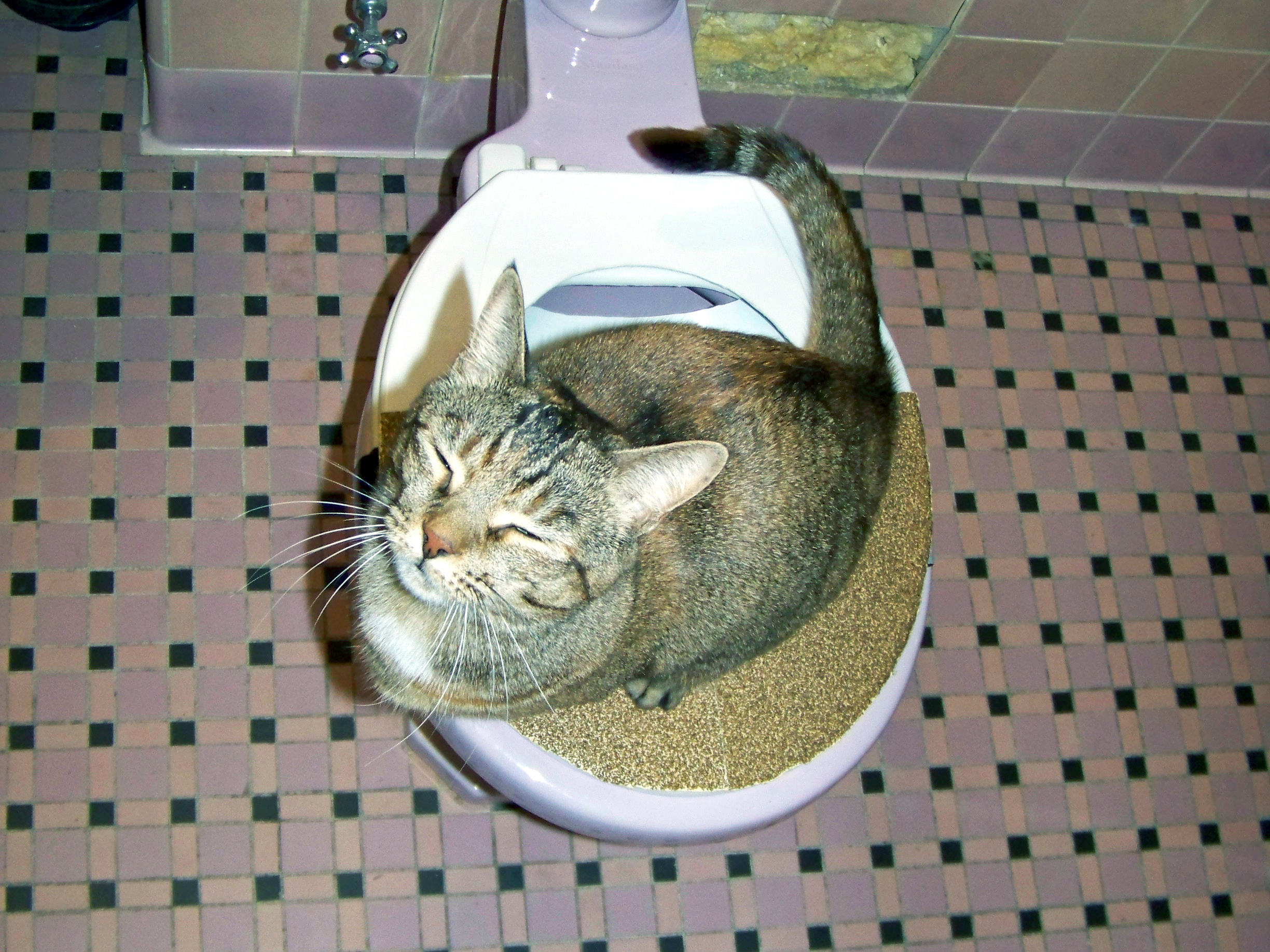Reasons Flushing Cat Poop Down Your Toilet Isn't a Good Idea - Tips for Safer Handling
Reasons Flushing Cat Poop Down Your Toilet Isn't a Good Idea - Tips for Safer Handling
Blog Article
Listed here in the next paragraph you can find some incredibly good data on the subject of Can You Flush Cat Poop Down The Toilet?.

Intro
As feline owners, it's important to bear in mind just how we deal with our feline friends' waste. While it may appear practical to flush feline poop down the commode, this method can have destructive repercussions for both the setting and human health.
Ecological Impact
Flushing pet cat poop introduces dangerous pathogens and bloodsuckers right into the water supply, presenting a significant danger to marine ecosystems. These pollutants can adversely affect aquatic life and compromise water high quality.
Health Risks
In addition to environmental problems, flushing feline waste can also present health dangers to human beings. Feline feces might include Toxoplasma gondii, a bloodsucker that can create toxoplasmosis-- a possibly serious illness, particularly for pregnant females and people with weakened body immune systems.
Alternatives to Flushing
Thankfully, there are more secure and much more accountable means to take care of feline poop. Take into consideration the following choices:
1. Scoop and Dispose in Trash
The most common method of throwing away pet cat poop is to scoop it right into a naturally degradable bag and toss it in the garbage. Make sure to utilize a specialized clutter inside story and take care of the waste without delay.
2. Usage Biodegradable Litter
Opt for biodegradable pet cat litter made from materials such as corn or wheat. These litters are environmentally friendly and can be securely disposed of in the trash.
3. Hide in the Yard
If you have a backyard, take into consideration hiding feline waste in an assigned location away from vegetable gardens and water resources. Make certain to dig deep adequate to avoid contamination of groundwater.
4. Set Up a Pet Waste Disposal System
Purchase an animal waste disposal system especially made for pet cat waste. These systems make use of enzymes to break down the waste, minimizing odor and environmental influence.
Verdict
Accountable animal ownership expands past offering food and shelter-- it also entails appropriate waste administration. By refraining from purging feline poop down the toilet and going with different disposal techniques, we can minimize our ecological impact and safeguard human health.
Why Can’t I Flush Cat Poop?
It Spreads a Parasite
Cats are frequently infected with a parasite called toxoplasma gondii. The parasite causes an infection called toxoplasmosis. It is usually harmless to cats. The parasite only uses cat poop as a host for its eggs. Otherwise, the cat’s immune system usually keeps the infection at low enough levels to maintain its own health. But it does not stop the develop of eggs. These eggs are tiny and surprisingly tough. They may survive for a year before they begin to grow. But that’s the problem.
Our wastewater system is not designed to deal with toxoplasmosis eggs. Instead, most eggs will flush from your toilet into sewers and wastewater management plants. After the sewage is treated for many other harmful things in it, it is typically released into local rivers, lakes, or oceans. Here, the toxoplasmosis eggs can find new hosts, including starfish, crabs, otters, and many other wildlife. For many, this is a significant risk to their health. Toxoplasmosis can also end up infecting water sources that are important for agriculture, which means our deer, pigs, and sheep can get infected too.
Is There Risk to Humans?
There can be a risk to human life from flushing cat poop down the toilet. If you do so, the parasites from your cat’s poop can end up in shellfish, game animals, or livestock. If this meat is then served raw or undercooked, the people who eat it can get sick.
In fact, according to the CDC, 40 million people in the United States are infected with toxoplasma gondii. They get it from exposure to infected seafood, or from some kind of cat poop contamination, like drinking from a stream that is contaminated or touching anything that has come into contact with cat poop. That includes just cleaning a cat litter box.
Most people who get infected with these parasites will not develop any symptoms. However, for pregnant women or for those with compromised immune systems, the parasite can cause severe health problems.
How to Handle Cat Poop
The best way to handle cat poop is actually to clean the box more often. The eggs that the parasite sheds will not become active until one to five days after the cat poops. That means that if you clean daily, you’re much less likely to come into direct contact with infectious eggs.
That said, always dispose of cat poop in the garbage and not down the toilet. Wash your hands before and after you clean the litter box, and bring the bag of poop right outside to your garbage bins.
https://trenchlesssolutionsusa.com/why-cant-i-flush-cat-poop/

As an avid person who reads on Don’t flush cat feces down the toilet, I thought sharing that piece of content was smart. Sharing is good. Helping people is fun. Thanks a lot for your time. Kindly pay a visit to our site back soon.
Click Here Report this page